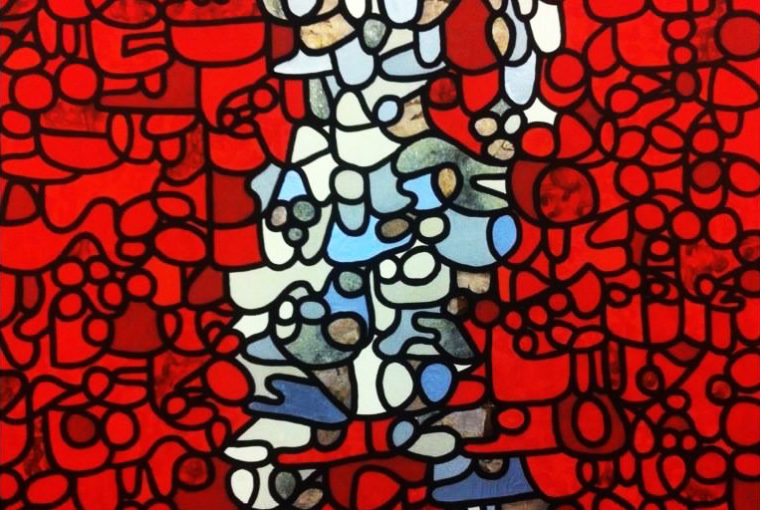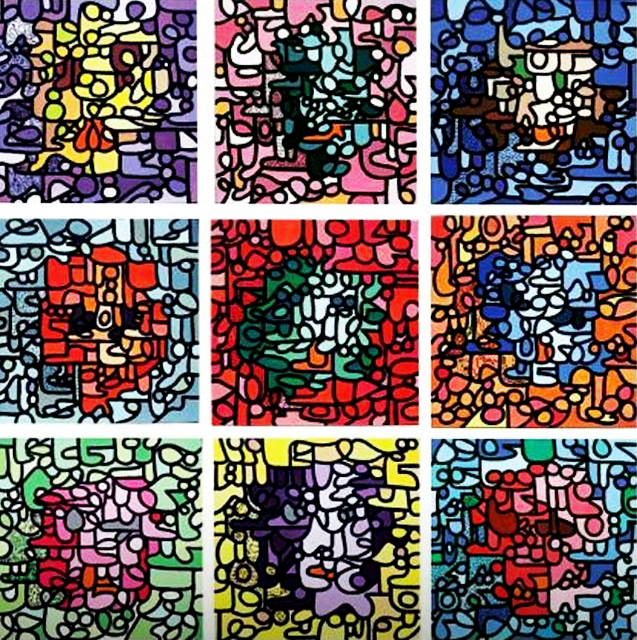INTERVIEW: AHMER FAROOQ’S ARTISTIC EXPRESSION
Making social observations visible.
Exploring Ahmer Farooq’s Contemporary Art
We have long been fans of Ahmer Farooq, so much so that we’ve been following his career since 2013. A young man on a mission, deconstructing themes of culture, sex and gender roles. Farooq’s excellent mixed medium works give the appearance of being digitally created and challenges our preconceived relationships with contemporary fine art.
Farooq’s work has an aura metaphorically rounded in colour and combat, conflict and social truths that question and reveal a snapshot of clarity. In this feature, Ahmer Farooq talks to 1947 Entertainment & Lifestyle about his sense of purpose, artistic qualities and influences.
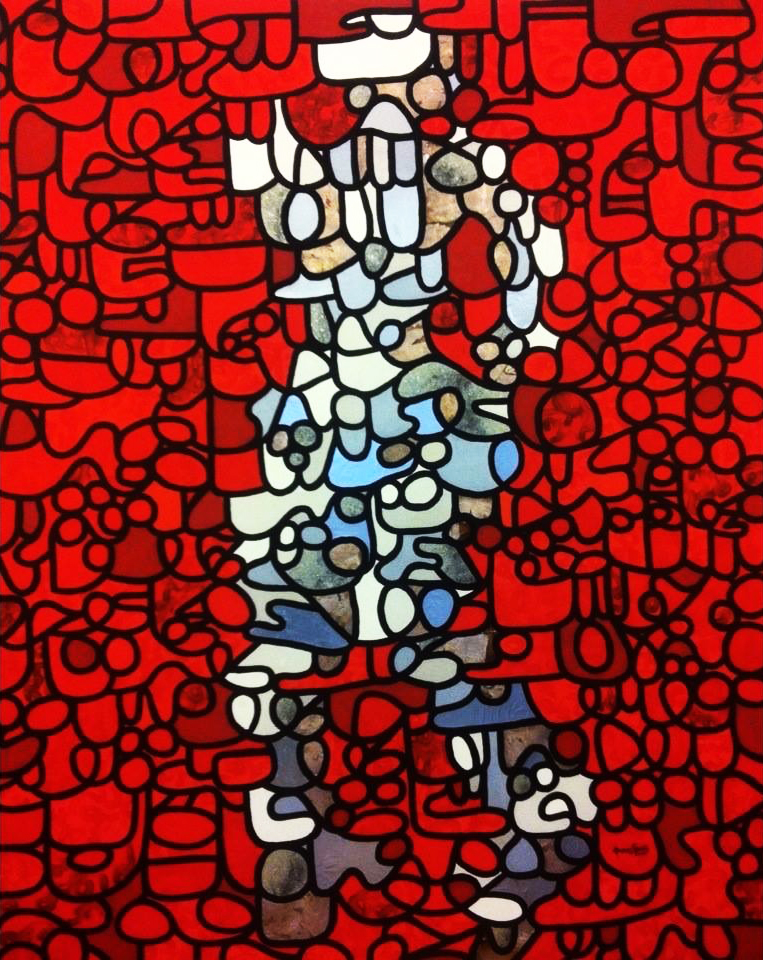
1. Given that you live and work mostly in Lahore, do you think that your geographical and cultural surroundings impact your artistic process?
Absolutely, I would think that ones geographical and cultural surroundings make a huge impact on ones thought process. Most of my work is truly inspired by the issues and topics around me.
2. In what ways has the contemporary art world changed in Pakistan?
Contemporary art has evolved drastically in Pakistan in my opinion. It’s great that young artists now have more international exposure not just by travelling, but social media appears to be bridging the gap when it comes to access. We can see and be inspired by the latest art fairs and experience whats happening live at Art Basel, Art Brussels, Frieze London amongst countless others.
3. Much of your work features figures and shadows. Who and what do they represent?
Most of my work is inspired by people around me or people in Pakistani society. So, there is not one particular person whom I am focusing on, rather I am focusing on an idea or a concept. I like to talk about the topics which we generally don’t speak about in our society or we are not very comfortable about. Hence they are the topics in shadows.
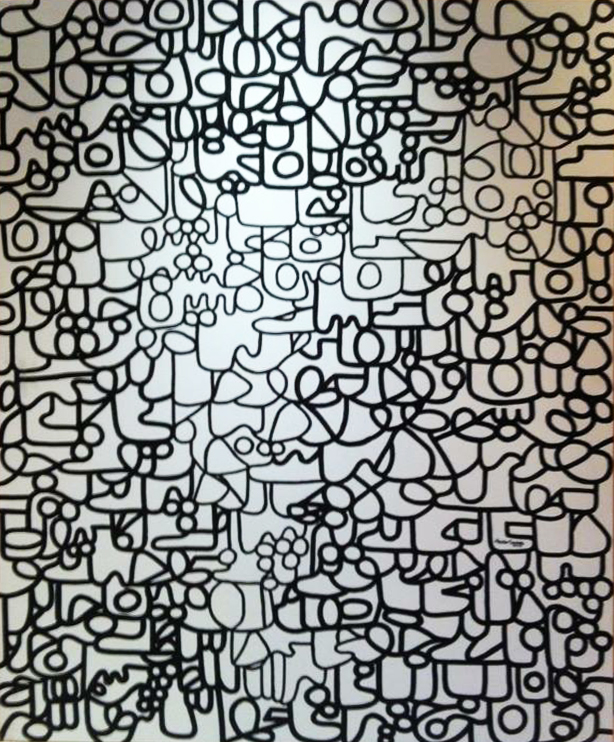
4. What’s your artistic pet peeve?
My artistic pet peeve is when people use fancy words to convey a basic concept.
5. The female form is a pertinent focal point in your work, why is this?
I find the female form to be very flowy, which interests me. Other than that, I feel that in our society women’s roles, issues and point of views aren’t brought to light often enough. But my work is not limited to one particular type of form, my recent work focuses on unspoken issues of men in our society.
6. What is the most indispensable item in your studio?
Nothing, I believe an artist should be able to improvise.
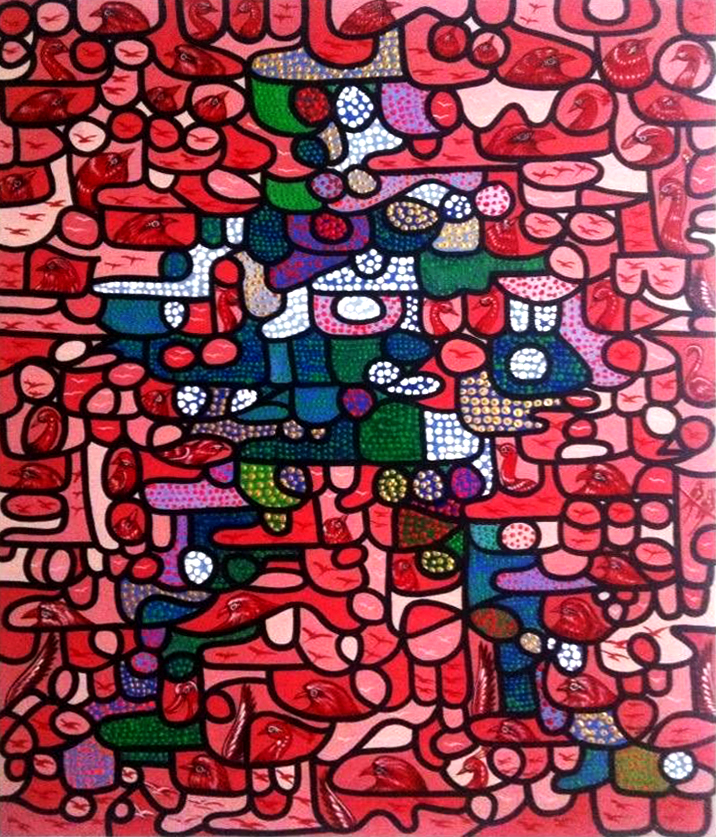
7. What work of art do you wish you owned?
Though I am not really an art collector sort of a person but if I could, I would love to own Sunflowers by Van Gogh.
8. What under-appreciated artist, gallery, or work do you think people should know about?
I think many artists appear to be flying under the radar, I think I’m one of them.
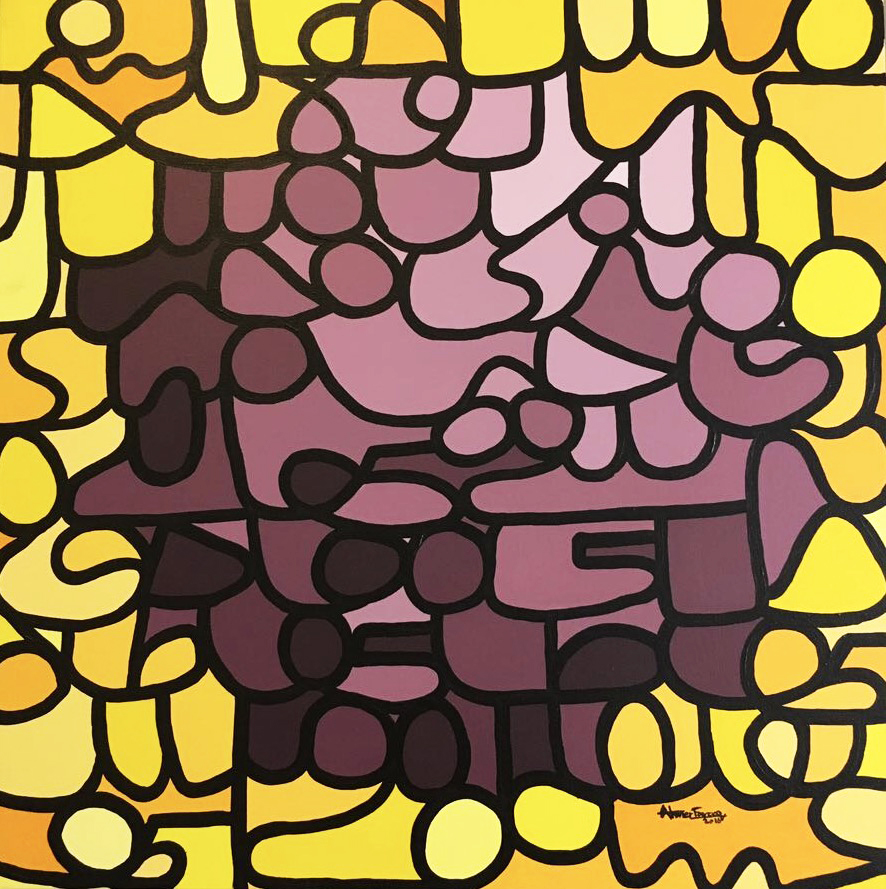
9. What would be your dream project?
I would love to show my work at Tate Modern, London. Particularly in the Tate Modern’s Turbine Hall, wouldn’t that be a dream come true.
10. You mentioned that you honed your skills through formal and semi-formal training. What role does formal training play in developing the creative and innovative potential of young artists?
Formal training plays a very important role in an artist creative development. An artist needs to be training in concept development process and the basics of drawing. One needs to have a solid foundation and then you build on it. If an artists foundation is sold then he or she can build anything on top of it and it will be solid. Once the basic training is completed, then I believe it’s all about practice and keep on producing new work, to be free of fear and create what the heart desires.


